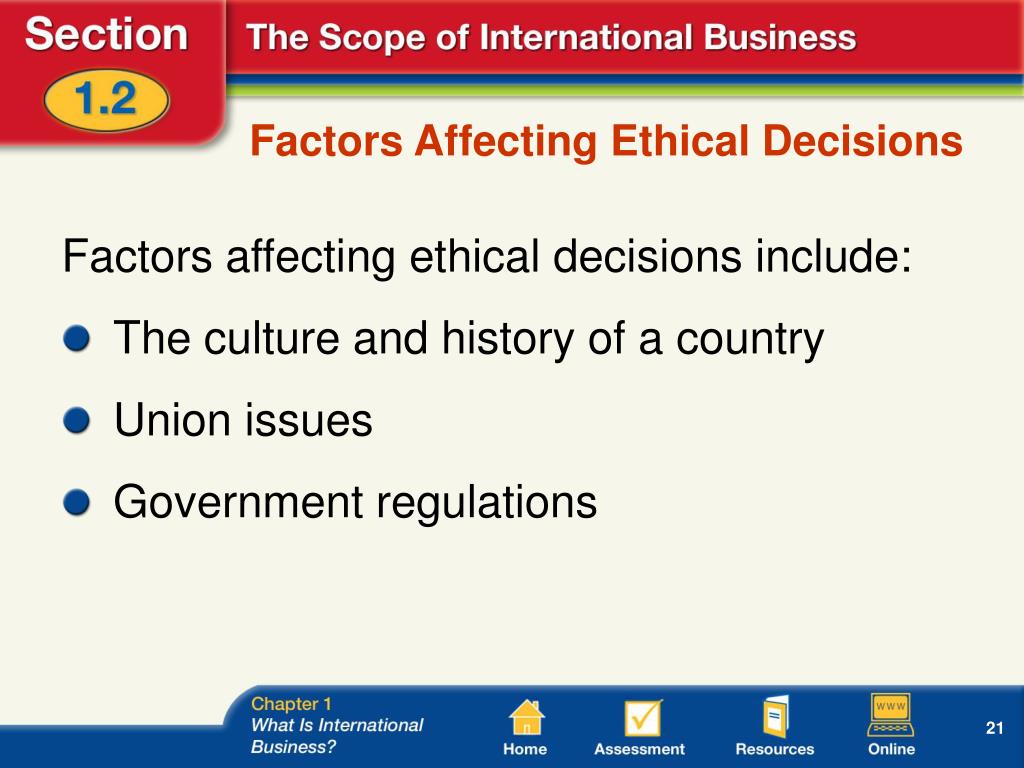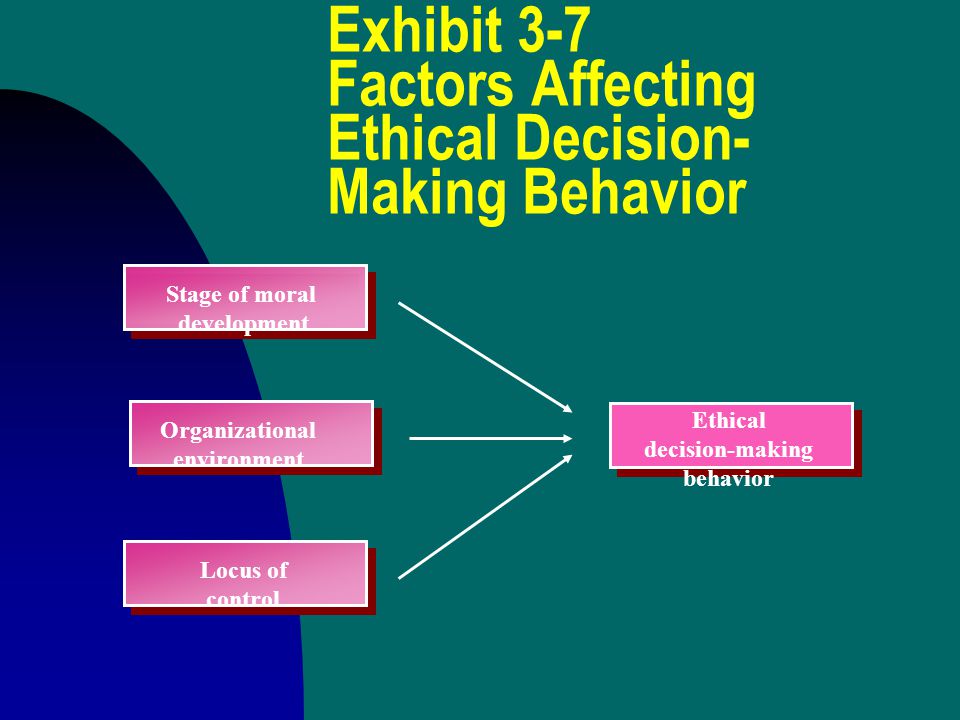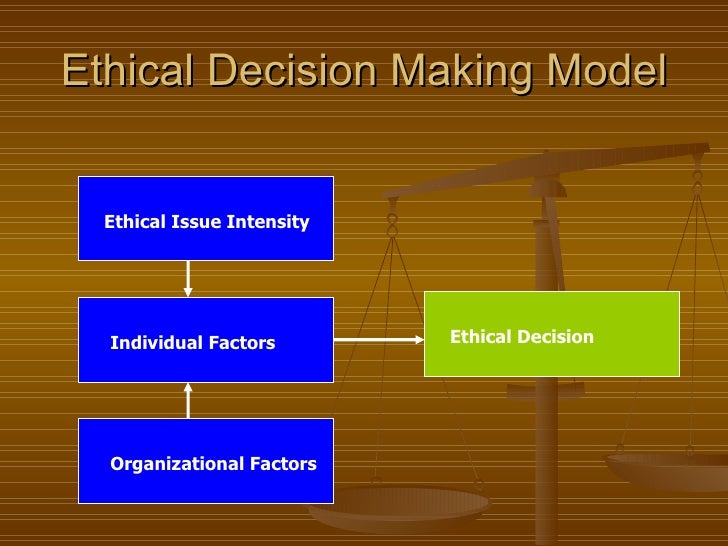The Factors Affecting Ethical Intensity Of A Decision Include

Imagine yourself standing at a crossroads, the weight of a decision pressing down. The path ahead isn't clearly marked 'right' or 'wrong'; instead, shades of gray blur the moral landscape. You're not just pondering personal preferences, but choices that could ripple outwards, impacting colleagues, customers, or even the wider community. How do you navigate this complex terrain? What forces amplify the ethical stakes, demanding a more careful, considered response?
Understanding the factors that influence the ethical intensity of a decision is crucial for responsible decision-making in any field. This article delves into those factors, exploring how magnitude of consequences, social consensus, probability of effect, temporal immediacy, proximity, and concentration of effect shape our perception of ethical issues and ultimately, guide our actions.
Defining Ethical Intensity
Ethical intensity, a concept introduced by Thomas Jones in 1991, refers to the degree of moral importance that an individual or group assigns to an ethical issue. It’s not about whether something is objectively right or wrong, but rather how "hot" or pressing the ethical issue feels to the decision-maker.
A decision with high ethical intensity demands greater attention, more rigorous analysis, and a more cautious approach. Recognizing the factors that contribute to this intensity allows individuals and organizations to better identify and manage ethical risks.
The Six Pillars of Ethical Intensity
Jones identified six key factors that collectively determine the ethical intensity of a decision. These factors aren't independent; they often interact, amplifying or diminishing the overall perceived ethical weight.
1. Magnitude of Consequences
This factor considers the total harm or benefit that could result from a decision. Decisions with the potential to cause significant harm, whether financial, physical, emotional, or reputational, will naturally carry higher ethical intensity. The greater the potential impact, the more ethically salient the decision becomes.
For instance, a decision about whether to release a product with a known safety flaw has a much higher magnitude of consequences than a decision about office supply vendors.
2. Social Consensus
Social consensus refers to the degree of agreement within a social group (company, industry, society) that a proposed act is good or bad. When there is strong agreement that an action is unethical, the ethical intensity is heightened.
Conversely, if there's widespread ambiguity or disagreement, the ethical intensity may be lower, even if the potential harm is significant. Strong social consensus against bribery, for example, increases the ethical intensity of any decision involving potential bribery.
3. Probability of Effect
This factor considers the likelihood that the predicted consequences will actually occur. A decision with a high probability of causing harm, even if the magnitude of that harm is moderate, will have a higher ethical intensity than a decision with a low probability of causing significant harm.
The higher the likelihood of the negative consequence occurring, the more urgent the ethical consideration becomes. For instance, the probability of a data breach occurring with weak security measures dramatically increases the ethical intensity of decisions regarding data protection.
4. Temporal Immediacy
Temporal immediacy refers to the time lag between the decision and its potential consequences. Decisions with immediate consequences, either positive or negative, tend to have higher ethical intensity than those with delayed consequences.
The closer the consequences are in time, the greater the sense of ethical urgency. The ethical intensity of decisions about waste disposal, with long-term environmental consequences, may be lower than the intensity surrounding decisions that result in immediate pollution.
5. Proximity
Proximity refers to the feeling of nearness (social, cultural, psychological, or physical) that the decision-maker has for those who will be affected by the decision. Decisions that directly impact people the decision-maker knows and cares about, or those within their immediate community, will have higher ethical intensity.
This feeling of connectedness fosters empathy and responsibility. A decision to lay off employees in a local community will have a higher ethical intensity than a decision that impacts employees in a distant location.
6. Concentration of Effect
Concentration of effect concerns the extent to which the consequences of a decision are concentrated on a relatively small group of people versus dispersed across a larger population. A decision that causes significant harm to a small group will have a higher ethical intensity than a decision that causes minor harm to a large group, even if the total harm is the same.
The more concentrated the harm, the more vivid and impactful the ethical considerations become. For example, a decision to expose a small village to toxic chemicals will have a higher ethical intensity than a decision that slightly increases air pollution across a large city.
The Significance of Understanding Ethical Intensity
Understanding and evaluating these factors is critical for several reasons. First, it helps individuals and organizations identify potential ethical blind spots. By consciously considering the magnitude of consequences, social consensus, and other factors, decision-makers can avoid unintentionally overlooking ethical implications.
Second, it promotes more consistent and ethical decision-making. By using a structured framework to assess ethical intensity, organizations can ensure that ethical considerations are consistently integrated into the decision-making process. This reduces the risk of reactive or inconsistent responses to ethical dilemmas.
Finally, it fosters a stronger ethical culture within organizations. When employees understand the factors that influence ethical intensity, they are better equipped to recognize and address ethical issues, contributing to a more responsible and ethical organizational environment. Creating an open and transparent environment encourages employees to voice their concerns and discuss ethical dilemmas, ultimately leading to better outcomes.
Real-World Applications
The principles of ethical intensity can be applied in various contexts, from corporate governance to healthcare ethics. In the business world, for example, a pharmaceutical company considering the release of a new drug would need to carefully evaluate the magnitude of consequences (potential side effects), probability of effect (likelihood of those side effects), and temporal immediacy (time before side effects manifest).
In healthcare, a physician making end-of-life decisions would need to consider proximity (relationship with the patient), concentration of effect (impact on the patient's family), and social consensus (accepted medical practices). These factors influence the ethical intensity of the decision and guide the physician toward a more thoughtful and responsible course of action.
Conclusion: Navigating the Moral Compass
Ethical decision-making is not always easy; it requires careful consideration, thoughtful analysis, and a willingness to confront difficult questions. By understanding the factors that influence ethical intensity, we can better navigate the complexities of the moral landscape and make decisions that are not only legal and compliant but also ethical and responsible.
As we strive to create a more just and equitable world, embracing these principles will help us build organizations and communities that prioritize ethical values and promote the well-being of all.


















